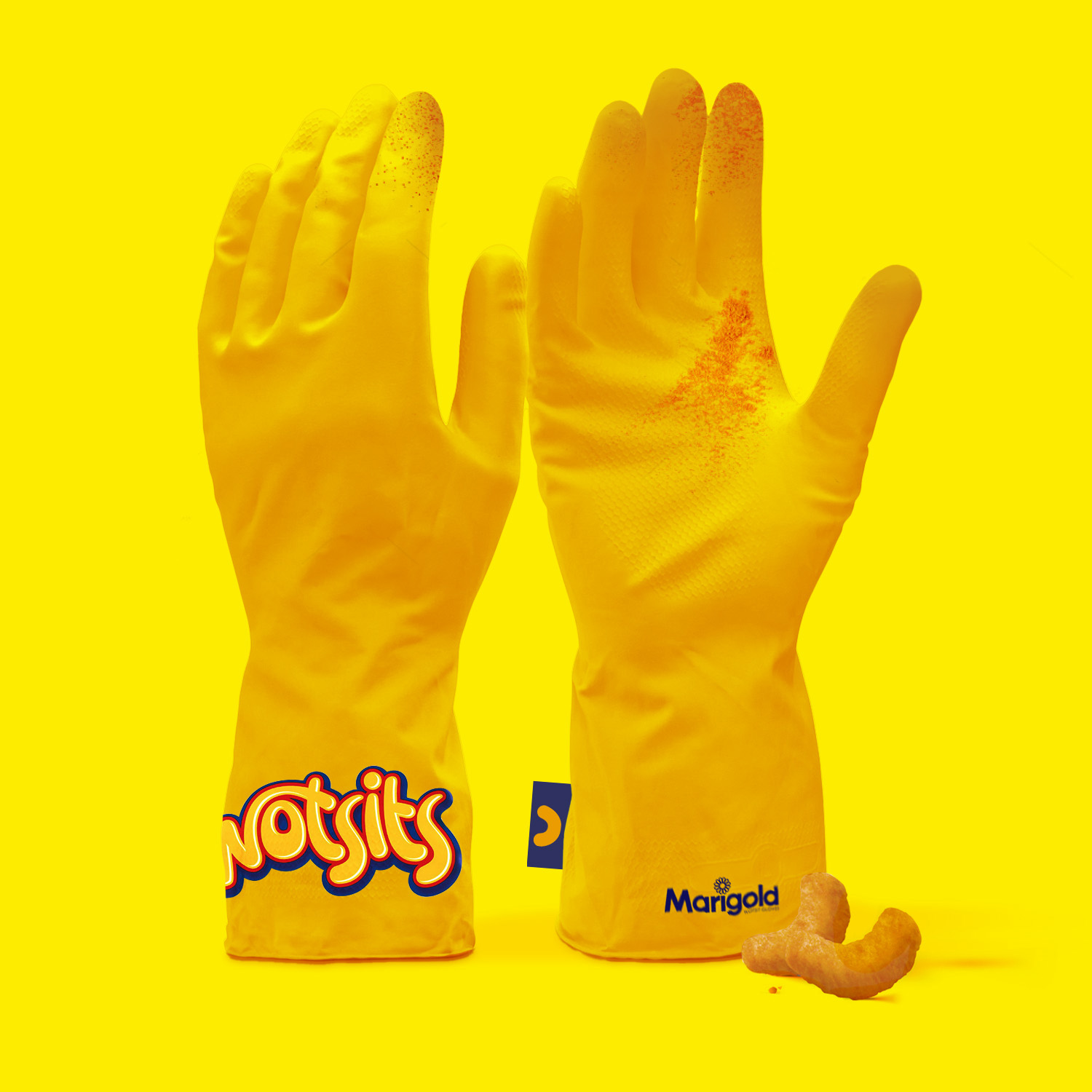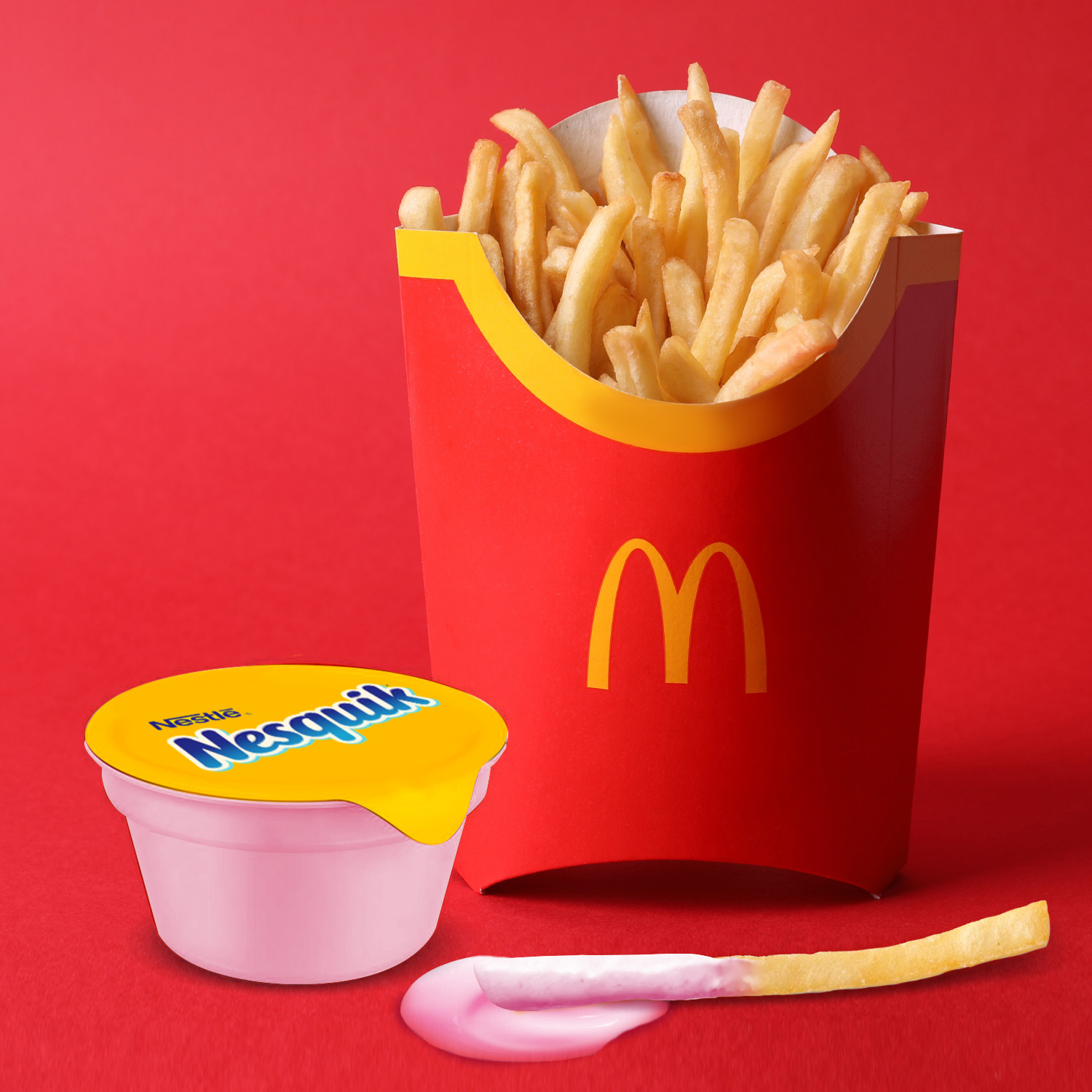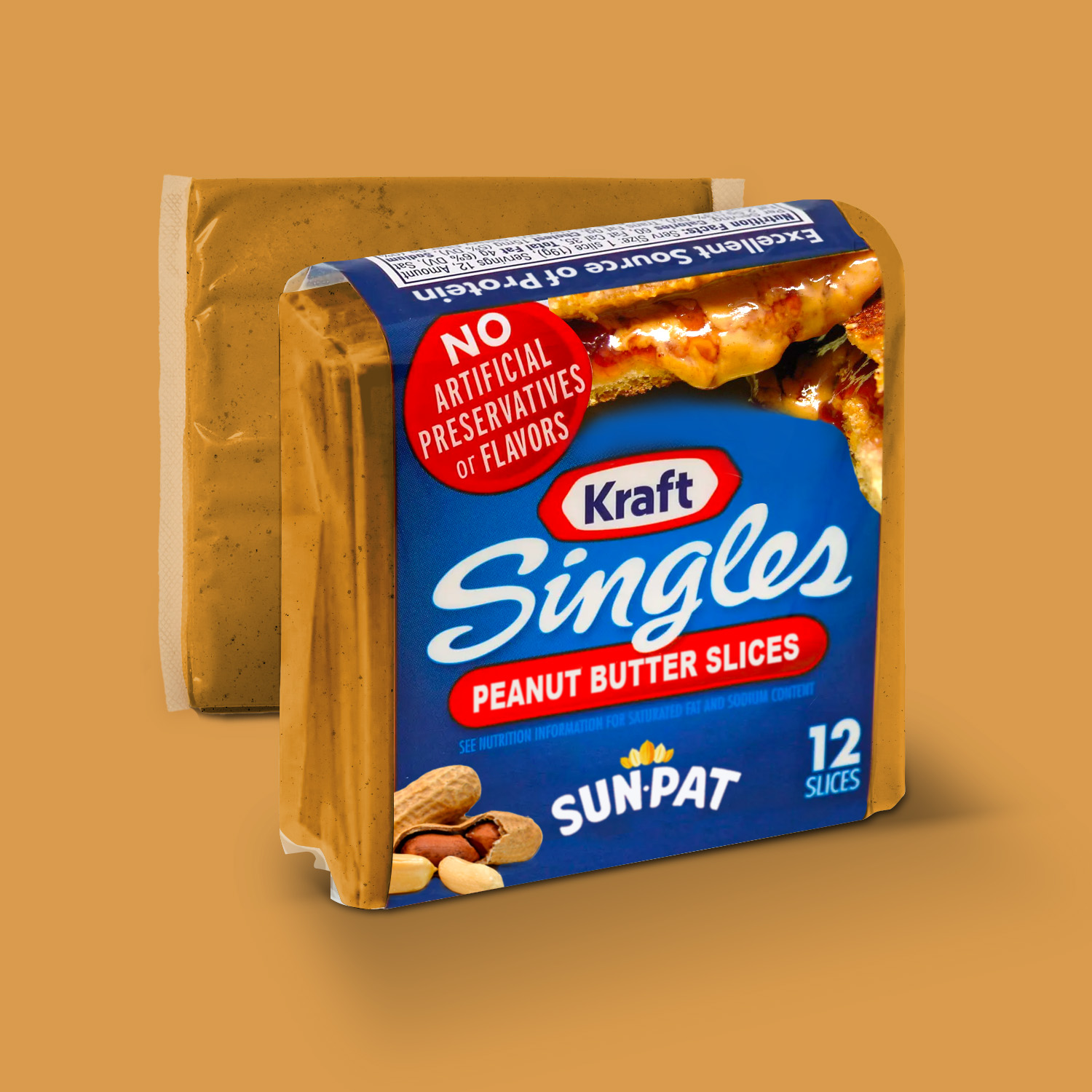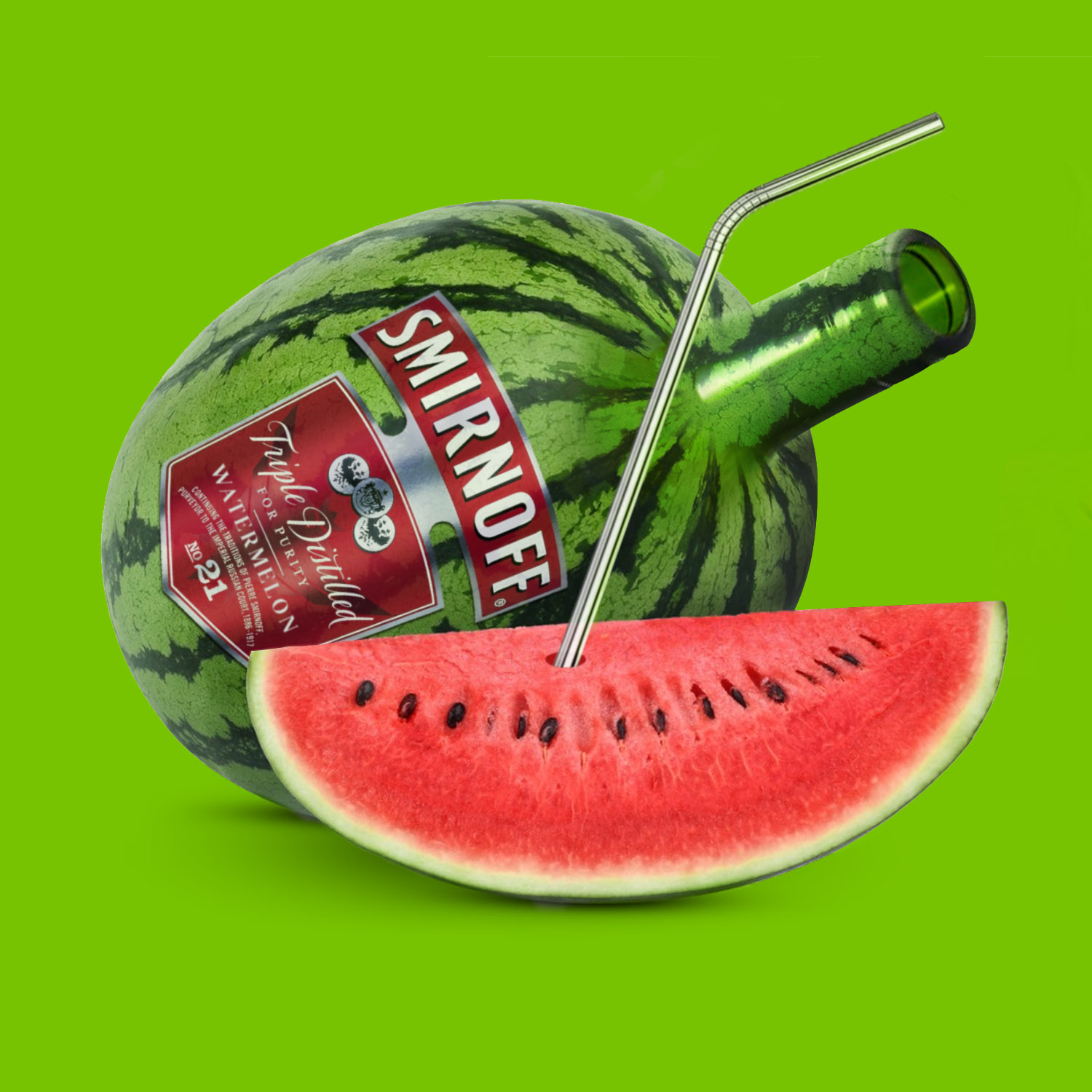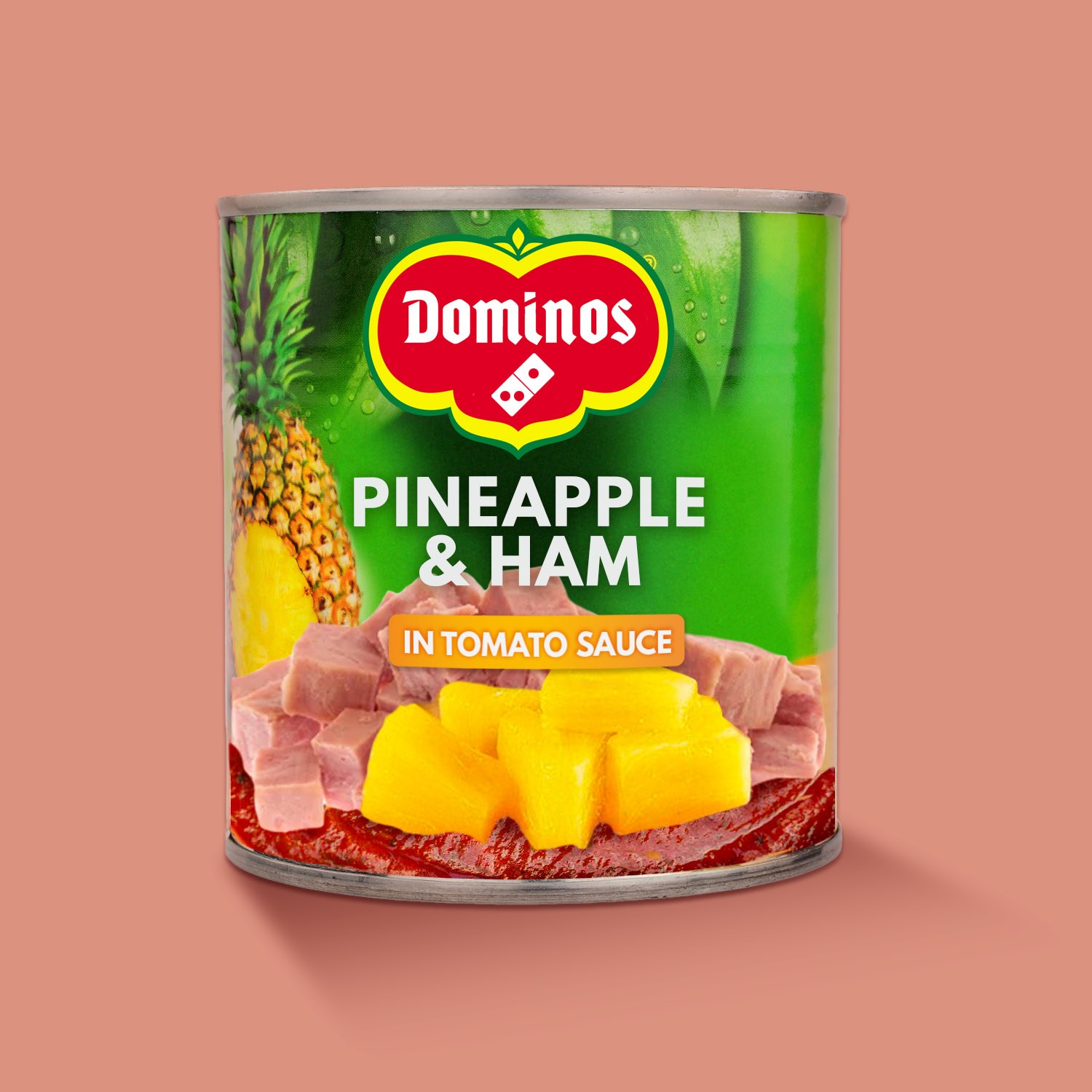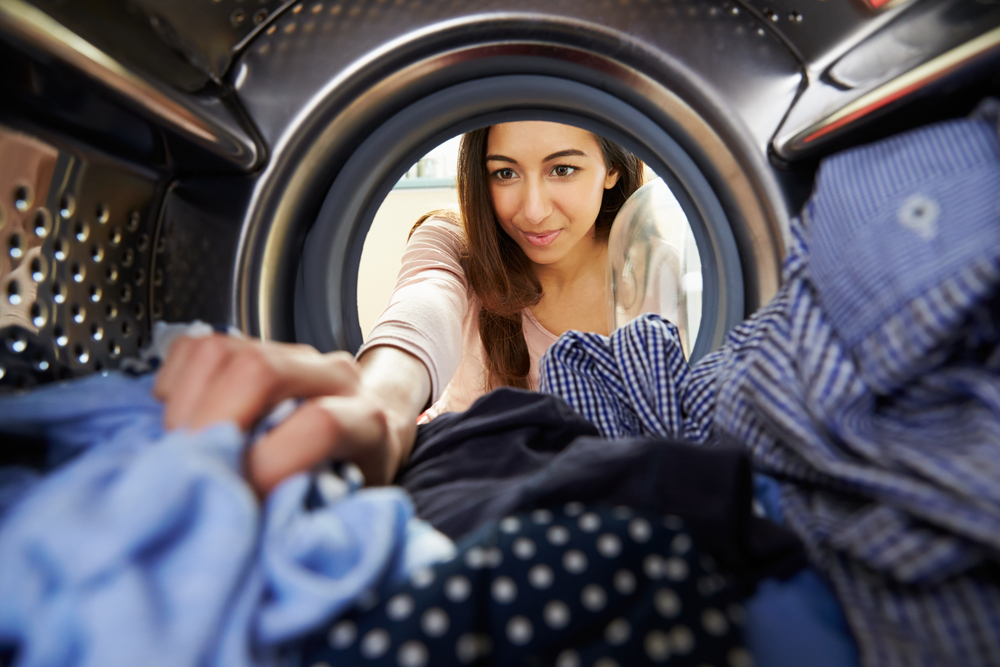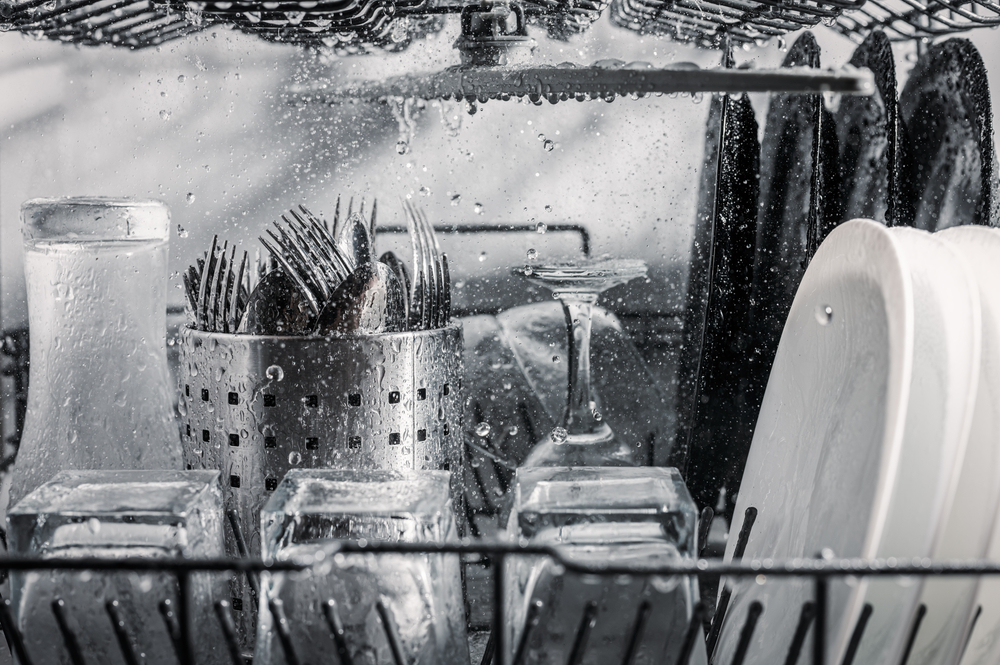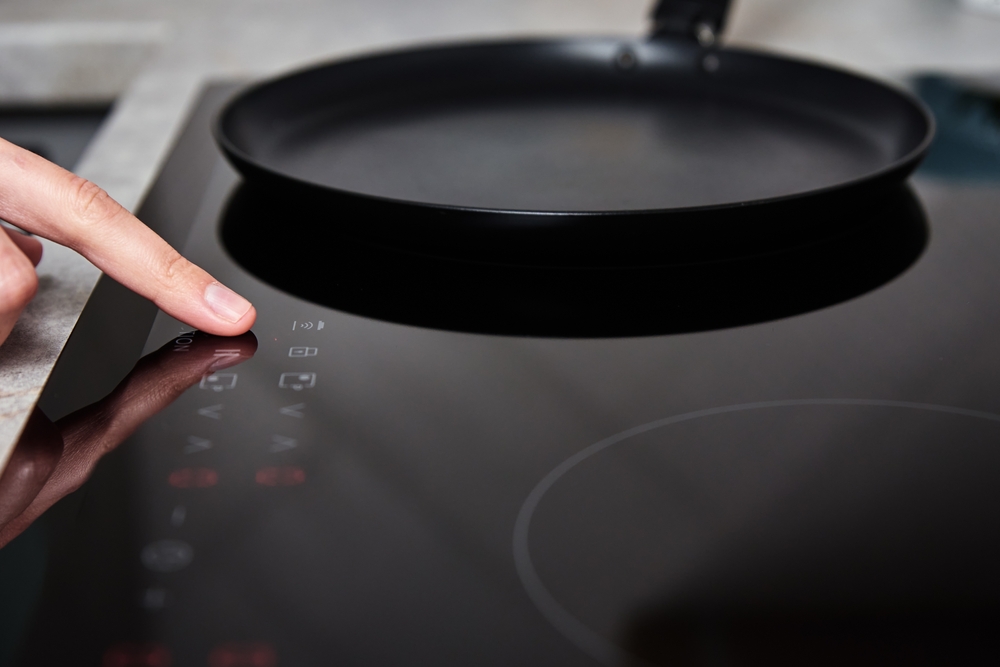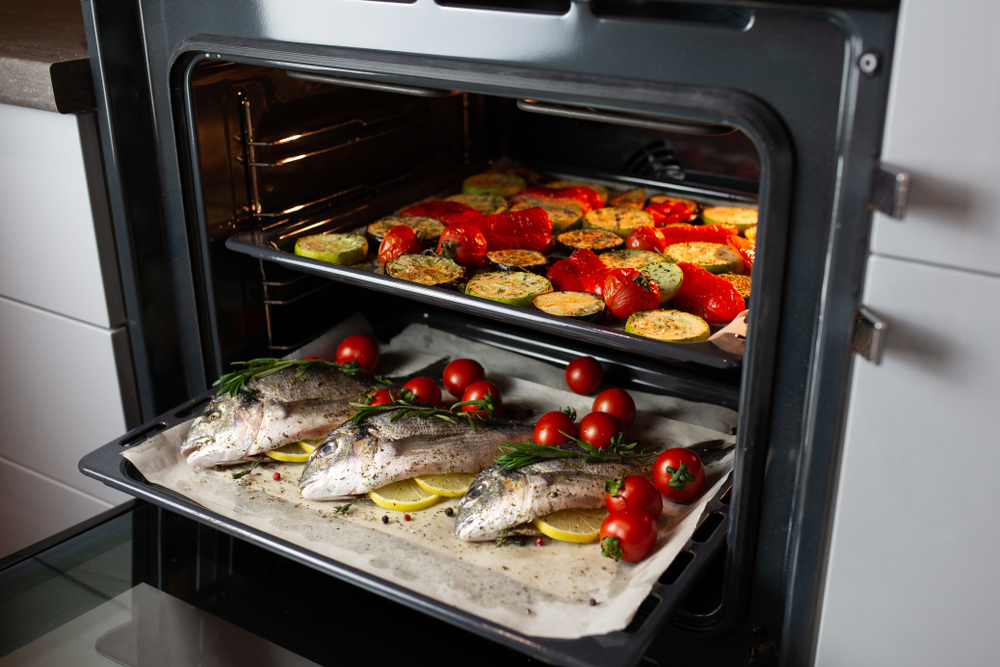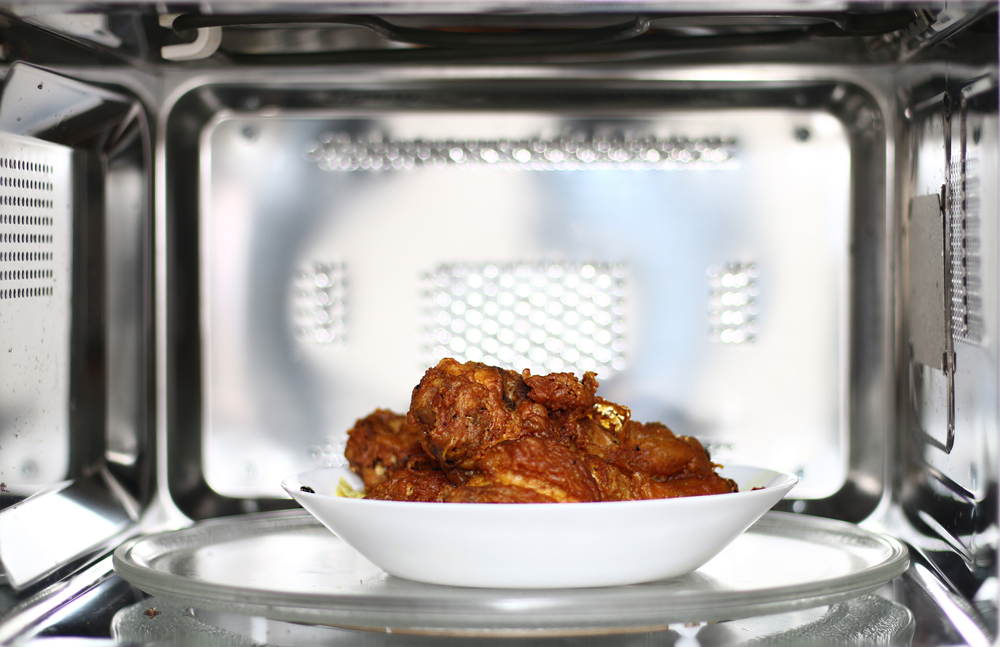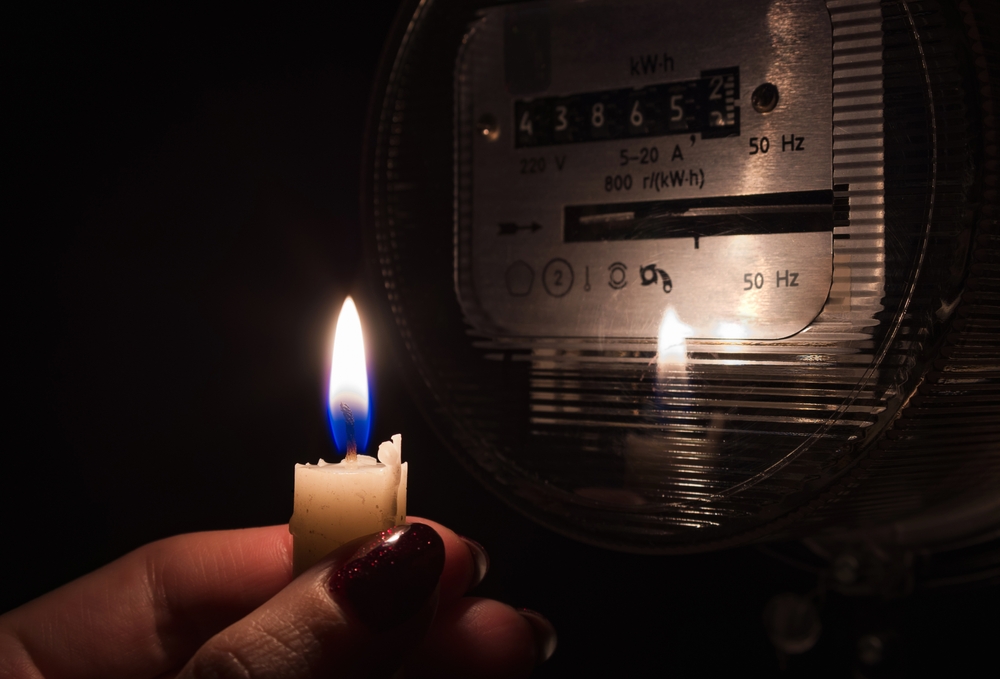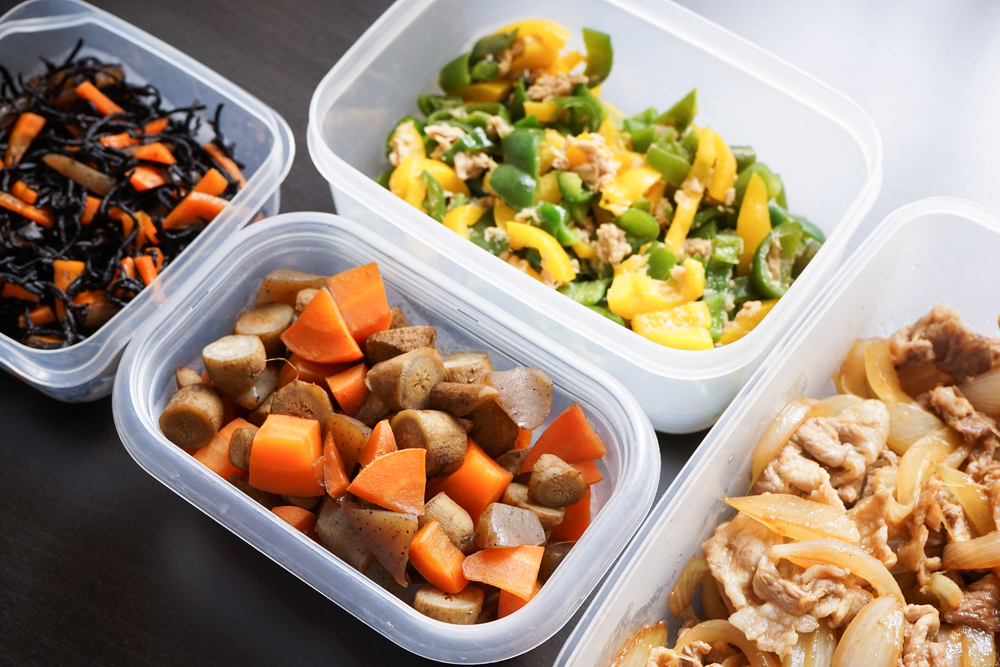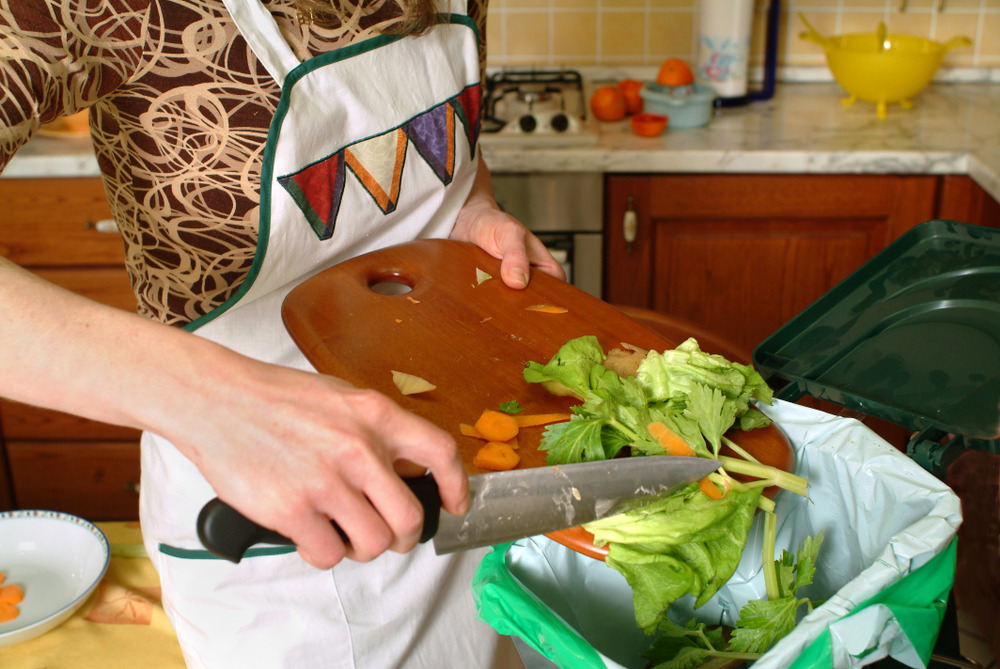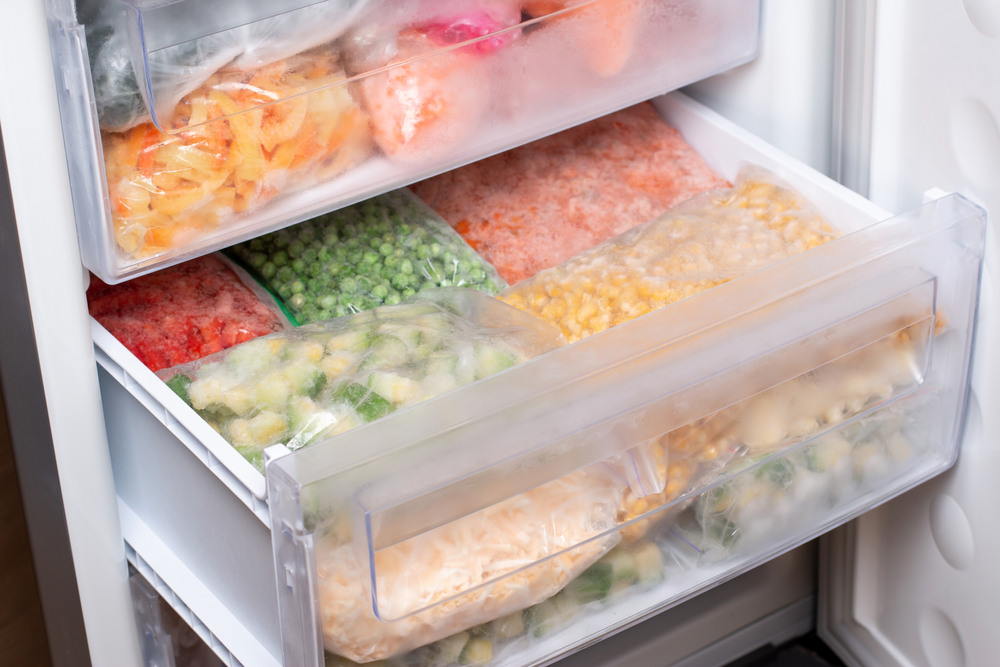CDA FWC604 Wine Cooler Endorsed as a Which? Best Buy
The pandemic meant that we all spent more time enjoying life at home – and now the restrictions are over and with the joys of the Jubilee ahead, we Brits are entertaining with enthusiasm. It isn’t just family get togethers either – researchers at Mintel discovered that Millennials in particular prefer to stay at home with Netflix and a good bottle of wine.
This change in the way we live has meant wine coolers have moved on from being a marginal consideration to becoming an increasingly important appliance in people’s minds when they are renovating or improving kitchen spaces.
Wine drinking is no longer just for connoisseurs either, with recent polling commissioned by the Wine and Spirit Trade Association (WSTA) showing wine is now the favoured alcoholic drink for 60% of UK adults, compared to all other alcohol drinks. Over half (60%) of UK adults, including the majority in each age group and across all regions of the UK, now choose wine over other alcoholic drinks, amounting to over 30 million regular wine consumers across the country.
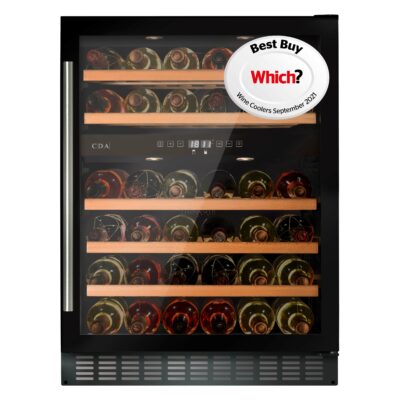
It’s said that wine kept in a cupboard at home loses quality and flavour four times quicker than that stored in a wine cooler, and CDA’s wine chiller range is one of the largest on the market, with coolers that hold from 7 to 117 bottles.
People who buy wine coolers come from all sectors of the market – from those who just want to keep a few ready to drink bottles at hand, to serious collectors.
This is why we’ve created a range that has something for everyone and we’re proud to share that the FWC604SS and FWC604BL freestanding wine coolers from CDA have been awarded Best Buy status by Which?
“It’s the best dual temperature zone wine cooler we’ve tested” says Which?
The FWC604SS has a stainless steel trim and the 604BL has black. Both coolers have dual temperature control and can hold up to 45 bottles. The Which? review praised the accuracy of the thermostat, temperature stability in hot and cold rooms, good humidity control and ease of operation and cleaning as winning factors.
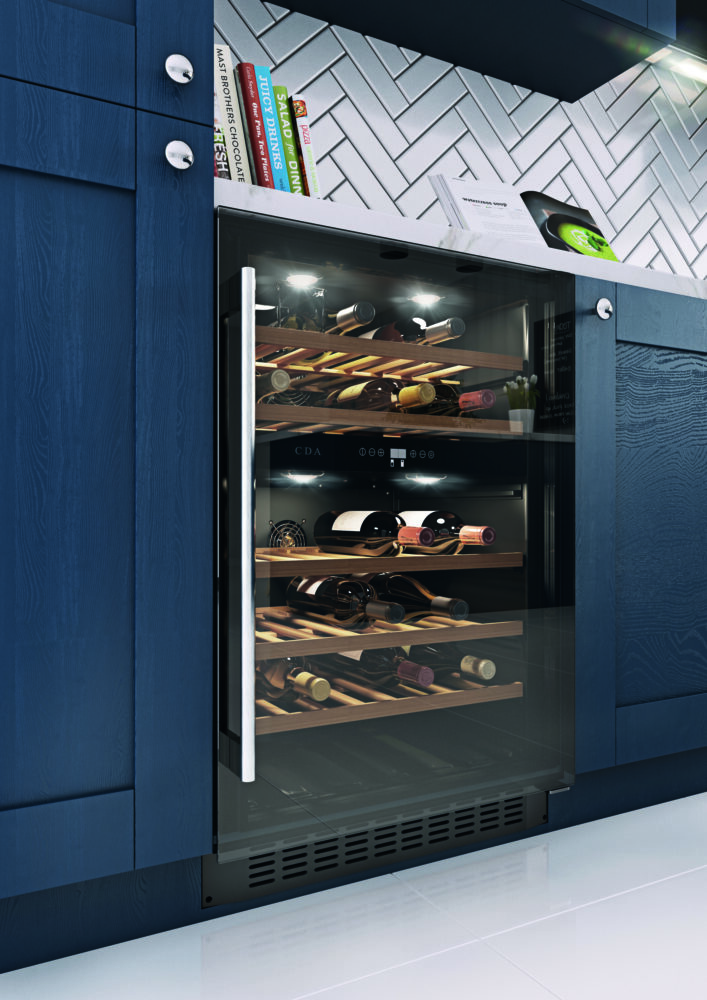
At CDA, we are delighted that our wine coolers have been endorsed as Which? Best Buys. Our wine cooler’s are an integral part of our range and we’re keen to offer customers excellent choice in both freestanding and built in designs. If you’re considering adding a wine cooler to your kitchen, check out our Where to Buy page to find your nearest approved CDA supplier and national online retailers.

